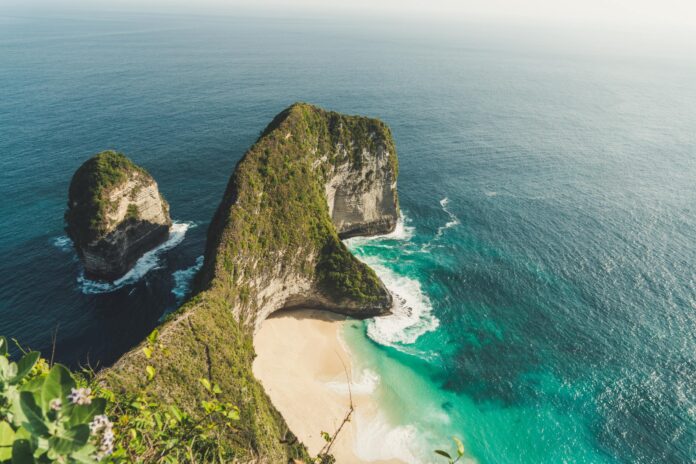The return of tourists has indeed brought about a positive economic impact on the island of Bali. In a recent development, it has been reported that the entrance fees to the Bali Marine Conservation Area (KKP) have witnessed a remarkable increase, soaring up to 20 times their previous levels. This surge in revenue can be attributed to the recent imposition of KKP fees on tourists engaging in activities within the Nusa Penida marine conservation area.
According to the Head of the Technical Implementation Unit of Bali Marine Conservation Area (KKP), I Nengah Bagus Sugiarta, this surge in revenue has contributed significantly to the regional income (PAD). It is important to note that, at present, Nusa Penida is the sole area designated as a KKP within Bali.
This substantial increase in revenue has been observed following the rigorous implementation of surprise inspections, which commenced on July 1st of the current year. Prior to these surprise inspections, Sugiarta noted that the income generated from KKP fees in Bali was relatively modest.
To illustrate, between January and May of 2023, the average number of tickets purchased ranged from 129 to 194, with fee values varying from Rp 11.4 million to Rp 18.5 million per month. However, since the initiation of surprise inspections by the Bali KKP UPTD and its integrated team on July 1st, the total number of tickets sold has surged to an impressive 3,911.
This surge in revenue has resulted in a cumulative income exceeding Rp 360 million, according to Sugiarta.
Nonetheless, it is worth acknowledging that some tourists continue to enjoy the breathtaking beauty of the Nusa Penida waters without complying with the KKP entrance fee requirement. Sugiarta attributes this challenge to the difficulty in surveillance, particularly due to the open-sea nature of the monitored area, which provides access from various regions.
Currently, officials from the UPTD Bali KKP are capable of monitoring only 11 entrances to these waters. Plans are underway to expand surveillance to an additional two entrances in the near future.
In light of these developments, there is a growing recognition of the need to augment operational costs for patrols. This would enable more frequent patrol activities, enhancing the effectiveness of fee enforcement. Furthermore, there is a call for an increase in the number of fee enforcement officials, raising awareness among business actors, and improving the online payment system.
It is important to emphasize that the collection of fees for activities within the marine conservation area is regulated by Bali Regional Regulation Number 7 of 2021, which pertains to the Third Amendment to Regional Regulation Number 3 of 2011 concerning Service Fees. The fees levied vary depending on the nature of the activities conducted within the marine conservation area.
For instance, the entrance fees for domestic adults and children are Rp 10,000 and Rp 5,000, respectively. Meanwhile, foreign nationals are charged Rp 100,000 for adults and Rp 50,000 for children.
It is noteworthy that the fee rates for Indonesian citizens (WNI) differ based on the purpose of their visit. For instance, prewedding photos incur a fee of Rp 500,000, model photos Rp 750,000, and product advertising photos Rp 500,000. These regulations are aimed at preserving and sustaining Bali’s unique marine ecosystem while supporting its local economy through responsible tourism practices.























